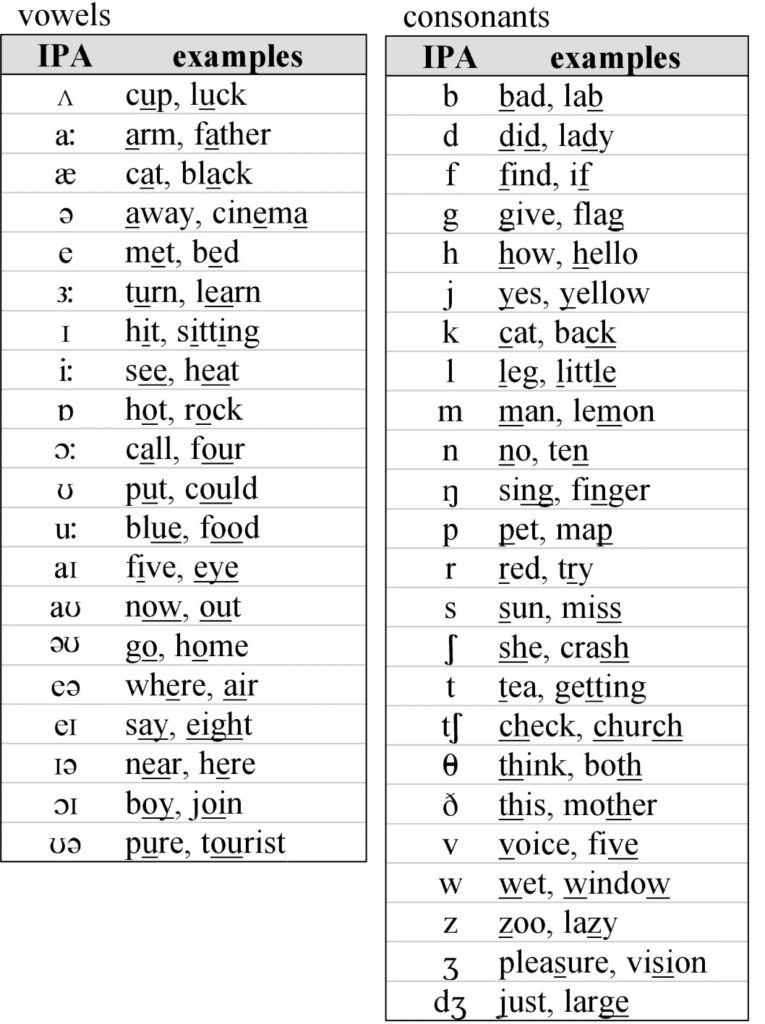Pronunciation (Articulation)
 The fifth and final simple solution to singing that we will talk about is Pronunciation. We use our mouths to speak and sing lyrics, but more importantly to communicate with one another. It is this special ability that makes our voices unique to listener’s ears compared to other instruments played during a performance.
The fifth and final simple solution to singing that we will talk about is Pronunciation. We use our mouths to speak and sing lyrics, but more importantly to communicate with one another. It is this special ability that makes our voices unique to listener’s ears compared to other instruments played during a performance.
Good Pronunciation is the key to make your vocal sound unique to you! It can potentially increases your entertainment value and invites the audience to enjoy your performance even more. Expressing yourself through unique nuances and inflections help you give a well-rounded performance.
The parts of our body that we use to manipulate our vocal sounds include our lips, tongue, jaw, soft palate, cheeks, and larynx. The ways we articulate words and sounds when we sing are all about how we move and position these parts of our body. Notice how your soft palate lowers twice at the end of the word ‘singing’. Good Pronunciation allows us to easily connect our vowels and consonants to give lyrics more expression, no matter what language is being spoken or sung.
Take a look at the International Phonetic Alphabet (IPA), the international set of phonetic symbols, based on the principle of strict connection between sounds and symbols.

When you articulate, make sure that you avoid sound inhibiting vowels called Diphthongs. These are double vowel sounds together with an emphasis on the first two of the vowels. When you say the word ‘try’ slowly, you say ‘tra-ee’. To sing this word without using a diphthong, you should sing “trah,” taking away the “ee” sound allowing the tongue to stay lowered. Triphthongs occur when three vowel sounds are made in succession, together as a single word. When you say the word ‘wire’ slowly, you would say wah-ee-er. To sing this with the most open sounding vowel, you could try ‘wahr’ to avoid singing multiple vowels, and once again keeping the tongue lowered.
